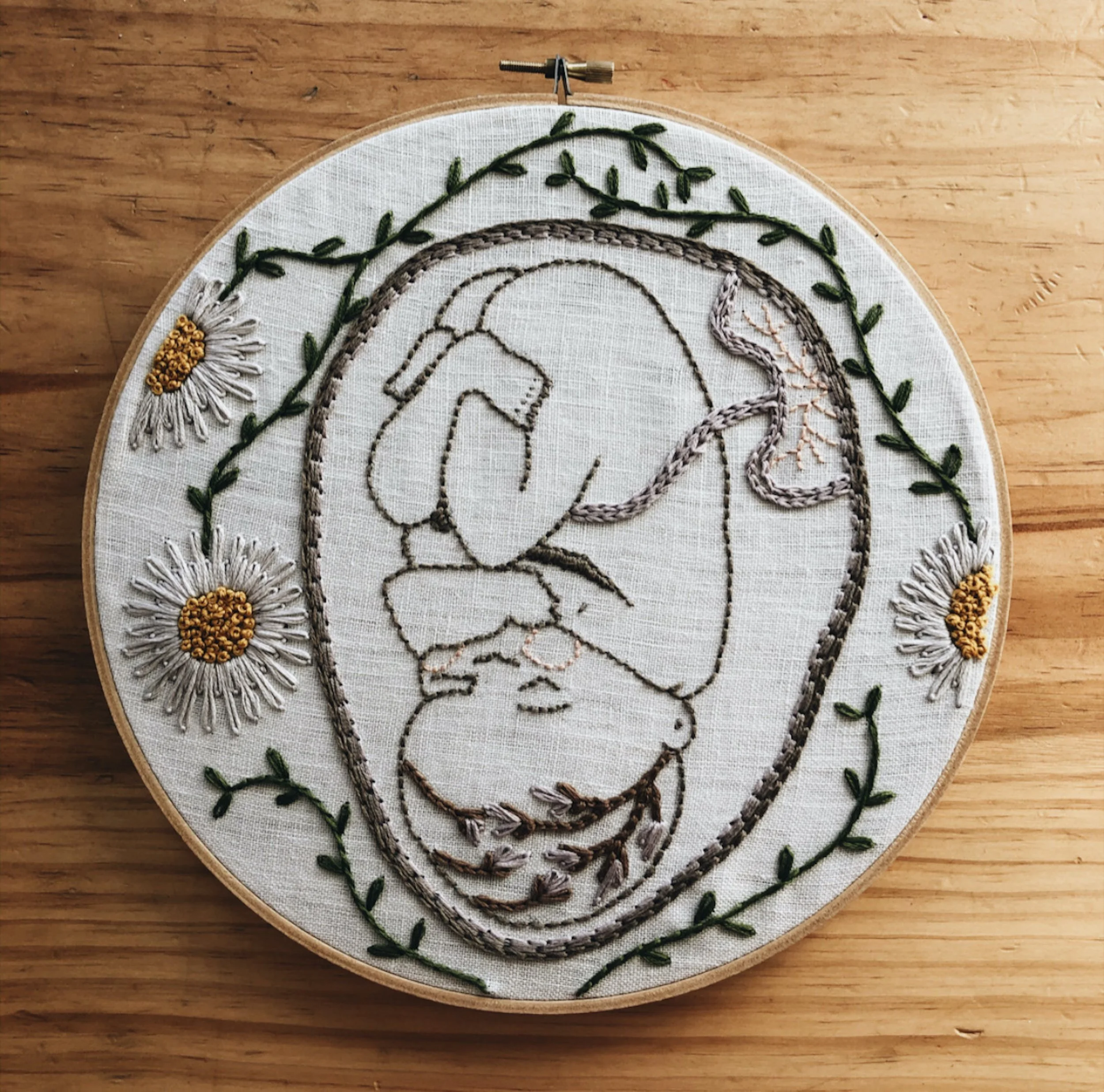Placenta Rituals: Cord Burning
In the days following the birth of a new child, there are many placenta rituals practiced across the world. Just one of these vast options is the burning of the sacred umbilical cord. Cord burning has been predominately practiced in Chinese culture with the belief that the baby’s Qi (Chi), or vitality of life, flows through to the baby by the warmth of the flame.
“Cord burning brings the element of fire to the birth. Warmth is essential for a baby’s well-being and mother’s recovery to full strength and ample milk supply.” - Bobby Aqua, Doctor of Chinese Medicine
Cord burning has several potent benefits for mother and baby. We know that delayed cord clamping improves iron levels in the infant as well as fostering a great start to breastfeeding and bonding while baby remains skin to skin with the mother. Because cord burning is practiced after the birth of the placenta, delayed separation is already honoured and the last of the blood is infused to its rightful place with baby!
Today, umbilical cord burning is a gentle alternative to cord cutting and a practical option for families wishing to delay separation of baby and placenta without the additional care of a full lotus birth. In third world countries or during natural disasters, cord burning is also a safer option than cutting as the means to sterilise scissors is few and far between. The risk of tetanus infection in newborns is far greater after cord cutting and early cord clamping.
Traditional midwife, Robin Lim, has significantly impacted the lives of many newborn babies and mothers with her time spent in Indonesia. With Robin’s help, local midwives who have scarce access to medical resources have been empowered by the knowledge of how to safely separate baby and placenta through the old practice of cord burning.
The Process
Choosing to burn the umbilical cord can be a quiet sacred ritual for the whole family to enjoy together. With at least two people present and a candle each, it can take between 10 to 15 minutes whilst sending warmth to the newborn and honouring the fusion between mother and baby.
With baby lying on its side, steadily hold the candles opposite each other about 10cm away from baby’s tummy.
It is important to use a heat barrier, like cardboard covered in foil with a split for the cord, to protect baby from the heat of the flame.
Also recommended is a bowl or dedicated cord burning box to catch the melting wax during this time.
Allow the cord stump a few moments to cool before touching the baby’s skin.
According to Robin, cords that have been burned tend to dry and fall off before those that have been cut.
References
Lim, Robin. (2010) Placenta: the Forgotten Chakra. p 41-43, 46-47.
Odent, Michael (2 Feb 2008) Neonatal Tetanus. The Lancet; 371(9610):385-6. https://www.thelancet.com/journals/lancet/article/PIIS0140-6736(08)60198-1/fulltext
Scherjon SA & Smit Y (21 Jun 2008) Delayed cord clamping in the interest of the newborn child. Ned Tijdschr Geneeskd; 21;152(25):1409-12 https://pubmed.ncbi.nlm.nih.gov/18624002/

